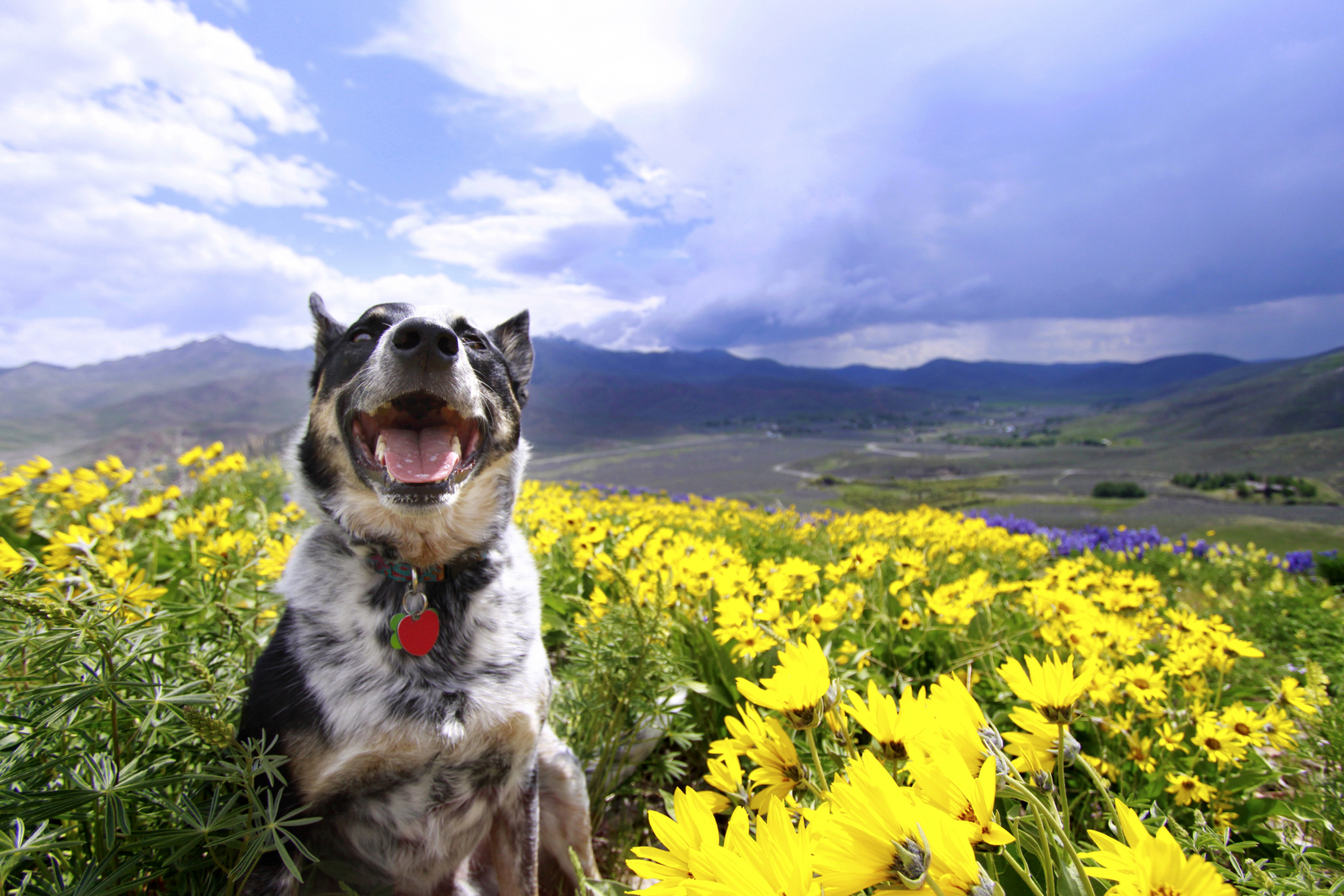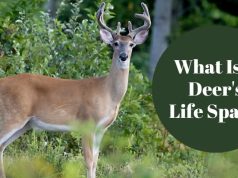Pets are loyal companions that bring joy and comfort to their owners. They can range from dogs and cats to birds and reptiles.
Pets enrich our lives in many ways. They offer companionship, reduce stress, and encourage physical activity. Dogs and cats are the most popular pets, known for their loyalty and affection. Birds and reptiles provide unique companionship and require specialized care.
Owning a pet involves responsibilities such as feeding, grooming, and regular veterinary visits. Proper care ensures a healthy and happy pet. Each pet has its personality and needs, making the bond between pet and owner unique. Whether you prefer a playful dog or a quiet fish, pets can greatly enhance your quality of life.

The Wild Origins Of Domestic Pets
Pets have always been a part of human life. Their journey from the wild to our homes is fascinating. Understanding their origins helps us appreciate their role in our lives.
Ancestral Connections
Most domestic pets have wild ancestors. These ancestors lived in forests, deserts, and mountains. Dogs, for example, descended from wolves. Cats come from wild felines.
Wolves and wild felines hunted to survive. Their strong instincts helped them find food and stay safe. Ancient humans noticed these skills and started taming them. This was the beginning of domestication.
Evolution Into Companions
Over thousands of years, wild animals became pets. This process is called domestication. Humans and animals learned to live together. People provided food and shelter. Animals offered protection and companionship.
Here is a simple table showing the evolution of some common pets:
| Pet | Wild Ancestor | Domestication Period |
|---|---|---|
| Dog | Wolf | 20,000 – 40,000 years ago |
| Cat | Wildcat | 9,000 years ago |
| Horse | Wild Horse | 5,000 years ago |
Dogs became protectors and helpers. They guarded homes and helped with hunting. Cats controlled pests and offered companionship. This mutual relationship benefited both humans and animals.
The journey from wild animals to domestic pets is remarkable. It shows the strong bond between humans and animals. Understanding their origins helps us treat them with love and respect.

Behavioral Echoes Of The Wild
Pets often show behaviors that come from their wild ancestors. These actions are natural and have deep roots in their survival instincts. Understanding these behaviors can help pet owners provide a better environment for their furry friends.
Instinctual Actions In Domestic Settings
Pets perform many actions due to their instinctual drives. Cats love to scratch surfaces, which helps keep their claws sharp. Dogs often dig holes, a behavior inherited from their wild ancestors who buried food.
Here is a table showing some common instinctual actions:
| Animal | Instinctual Action | Purpose |
|---|---|---|
| Cat | Scratching | Sharpening claws, marking territory |
| Dog | Digging | Hiding food, cooling down |
| Bird | Nesting | Protecting young ones |
Territorial Traits And Social Dynamics
Pets often show territorial behaviors at home. Cats may rub against furniture to mark their territory. Dogs might bark at strangers to protect their home.
Here are some common territorial traits:
- Cats: Rubbing against objects, spraying urine.
- Dogs: Barking at strangers, marking with urine.
- Birds: Defending their cage from intruders.
Social dynamics also play a big role in pet behavior. Pets form hierarchies within groups. Dogs often follow a pack leader, while cats may prefer solitary life.
Understanding these behaviors can help pet owners meet their pets’ needs. It can also prevent unwanted actions at home.
Physical Traits: A Link To Their Wild Ancestors
Pets often retain physical traits from their wild ancestors. These traits help them survive and thrive. Pets like dogs and cats show many of these traits. Understanding these can help us care for them better.
Survival Adaptations Still Present
Many pets have survival adaptations from their wild ancestors. These traits help them in various ways. Here are some examples:
- Sharp Claws: Cats have sharp claws. They use them for climbing and hunting.
- Strong Sense of Smell: Dogs have a keen sense of smell. This helps them find food and detect danger.
- Whiskers: Both cats and dogs have whiskers. Whiskers help them sense their surroundings.
The Significance Of Breed-specific Traits
Each pet breed has unique traits. These traits link back to their wild ancestors. Understanding these can help us choose the right pet. Here are some breed-specific traits:
| Breed | Trait |
|---|---|
| German Shepherd | Strong and loyal. Great for protection. |
| Siamese Cat | Social and vocal. Loves human interaction. |
| Beagle | Excellent sense of smell. Good for tracking scents. |
Knowing these traits can help in training and care. This makes pets happier and healthier.
Nurturing The Wild Within
Pets bring immense joy to our lives, but they also have instincts that need to be nurtured. Domesticating animals doesn’t mean suppressing their wild side. It’s essential to find a balance that keeps them happy and healthy. Let’s explore how to nurture the wild within your pets.
Balancing Domestic Life With Natural Instincts
Pets have innate behaviors driven by their instincts. For example, cats love to hunt, while dogs enjoy digging and exploring. Balancing these instincts with domestic life is crucial.
- Provide scratching posts for cats to mimic hunting.
- Give dogs plenty of outdoor time to explore and play.
- Offer puzzle toys to engage their minds and hunting instincts.
These activities help pets stay mentally and physically active. They also reduce destructive behaviors at home. Always remember, a happy pet is a well-behaved pet.
Enrichment Activities For Health And Happiness
Enrichment activities are vital for your pet’s health and happiness. They stimulate their minds and keep them physically active. Here are some ideas:
| Activity | Benefits |
|---|---|
| Interactive Toys | Boosts mental agility and reduces boredom. |
| Training Sessions | Strengthens your bond and teaches new skills. |
| Outdoor Walks | Provides exercise and new scents to explore. |
| Playdates | Encourages socialization with other animals. |
Incorporate these activities into your pet’s routine. They will lead to a happier and healthier life.
Remember to always supervise your pets during these activities. Make sure they are safe and enjoying themselves.

Frequently Asked Questions
What Is The Nature Of Dogs?
Dogs are loyal, social, and playful animals. They thrive on companionship and enjoy physical activities. Their nature is affectionate and protective.
What Is The Description Of A Pet?
A pet is a domesticated animal kept for companionship and enjoyment. Pets include dogs, cats, turtles, guinea pigs, birds, and fish. They provide emotional support, entertainment, and sometimes assistance. Proper care involves feeding, grooming, and regular veterinary visits. Pets can significantly enhance their owners’ quality of life.
What Makes An Animal A Pet?
An animal becomes a pet through domestication, companionship, and care. Pets receive love, shelter, and regular attention from their owners.
Why Are Pets Called Pets?
Pets are called pets because the word “pet” originated from the Scottish Gaelic word “peata,” meaning tamed animal.
What Are Common Pets?
Dogs, cats, birds, fish, and rabbits are common pets worldwide.
How Do Pets Improve Mental Health?
Pets reduce stress and anxiety, providing comfort and companionship.
Conclusion
Pets enrich our lives with companionship and joy. They teach us responsibility and unconditional love. Understanding their nature helps us care for them better. Embrace the bond with your pet, and you’ll experience a happier, more fulfilling life. Cherish every moment with your furry friend.














